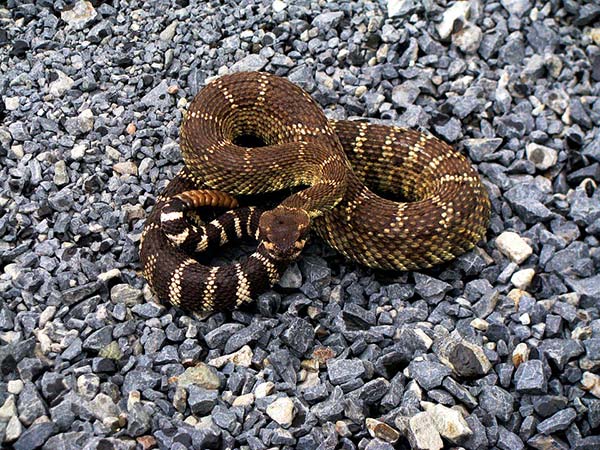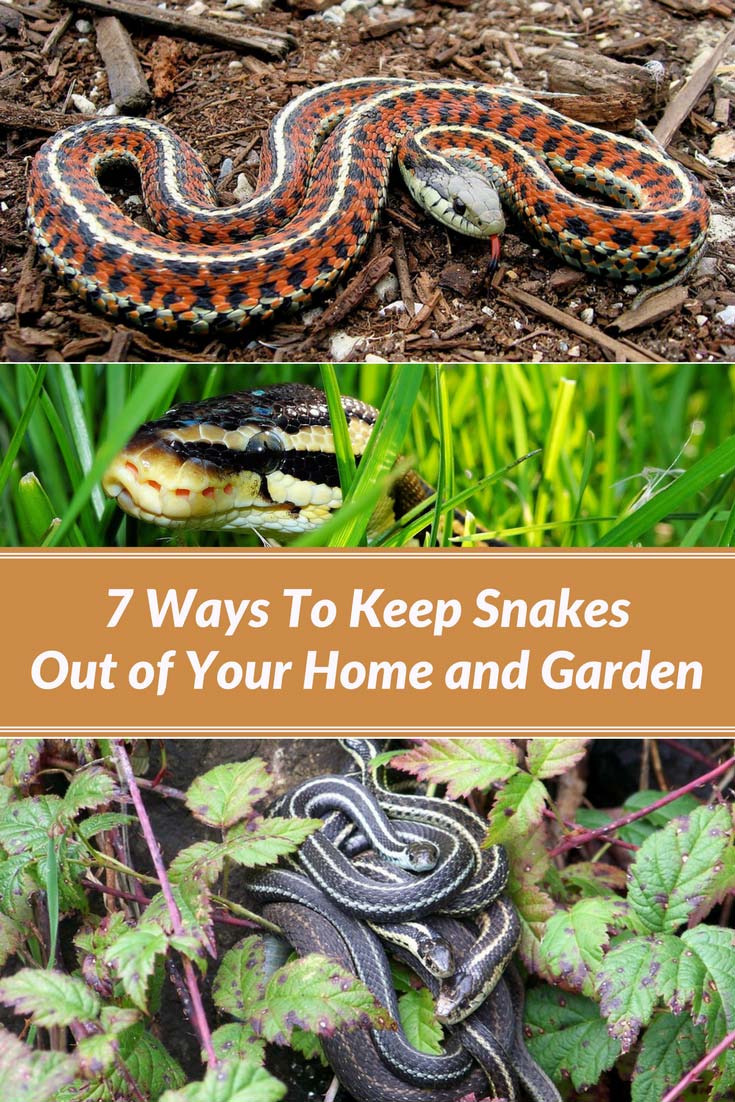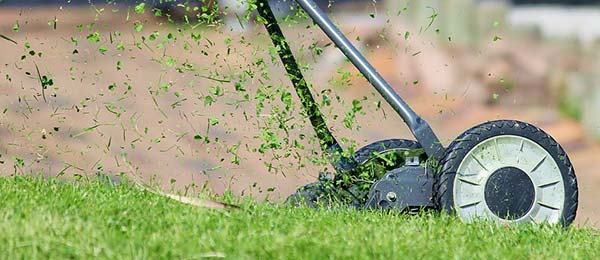7 Ways To Keep Snakes Out of Your Home and Garden
Though they are usually harmless, snakes trigger a deep-rooted fear in most people unmatched by any other type of animal. Even other wild animals identify snakes as a special kind of threat; many species have developed warning calls reserved specifically for snake sightings. Because it is natural to experience fear when confronted by a snake, it can be difficult to suppress the fear response and act calmly but a level-headed response is the best thing you can bring to any human-snake interaction.
Despite their sinister reputation, the vast majority of snakes are harmless to anyone who isn’t a rodent or insect. Plus, they are crucial for the ecosystem, controlling pest populations such as cockroaches, rats and mice. As cities and roadways expand, snakes often show up in more populated areas as they search for vanishing habitat.
While we might appreciate the environmental role that snakes play, especially their appetite for pests, most of us still don’t want them in our homes or yards. Some species are venomous and pose a threat to people and domesticated animals.
The best way to experience snakes is from a distance by giving them a wide berth when you encounter them in the wild and taking simple precautions to discourage them from entering your home and garden.
Remove yard clutter: One of the easiest ways to keep snakes out of your yard and away from the foundation of your house is to remove clutter. Snakes like to hide in dark places and ambush their prey. Stacks of wood, brush piles, mulch, leaf piles, and mounds of cut grass are ideal hiding spots for snakes. Take these hiding places away and snakes will find your yard much less appealing. If you can’t remove these hiding places entirely, just relocate them to the perimeter of your yard. Also, if you have mulch, consider exchanging wood chips for crushed stone which would be much less comfortable and protective for snakes.
Patch holes: Snake-proofing your home is much like rodent proofing. Look for doors and basement windows that don’t have a tight seal or unsealed pipe conduits. Snakes usually enter structures at ground level. Even very small holes can serve as an entry point for some types of snake. So, the first line of defense should be obvious; patch the holes. Carefully inspect your house’s foundation, outbuildings, garage, doors and screens. Even holes the size of a quarter should be patched. Some snakes are tiny enough to fit through cracks only 1/8-inch wide. Holes and cracks allow access into your home and provide terrific hiding places for snakes.
Bear in mind that some snakes are also adroit climbers. Inspect the areas behind steps, decks and porches. Snakes can gain access to your roof using trees, low walls, or other structures close to your house. Use a ladder to check for holes under the roof and around the eaves.
Remove sources of food: Have you ever heard the expression, “snake in the house, must have a mouse?” Like any animal, snakes need to eat and will not intentionally loiter somewhere that provides no sustenance. If you notice snakes in or near your house, try to identify what kind of snake it is. That way, you can find out what it feeds on. If the snake eats mice, then you know you have a mouse problem. If it eats large insects such as grasshoppers or cockroaches, then you know you have an insect population explosion. Reduce the snake population by reducing their food source. Snakes will only stay somewhere as long as there is food. Remove their food and the snakes will leave.
Note – A common source of trouble is pet food or household garbage left outside for long stretches of time. This will attract rodents and could lead to more snakes.
Avoid dense, tall plants: Tall plants serve the same purpose for snakes as yard clutter. Dense foliage in the form of shrubs and overgrown gardens provide cover for snakes to hide and hunt. It’s always a good idea to keep your yard mowed. A lot of open space around your home will discourage snakes from approaching. If you have shrubs or dense thickets of vegetation close to the foundation of your home, consider either thinning these plants or transplanting them to the edge of your yard.
Create vibration: If you need to work in a section of yard that you suspect to be snake habitat, run a tiller, lawn mower, or any other vibrating tool in the vicinity to scare the snakes away. Before you mow the lawn, wheel the mower into the general vicinity and let it run for a minute. Doing this will give the snakes a chance to leave the area, making your yardwork safer for you and for the snakes. Snakes don’t want a confrontation any more than you do. The vibrations give them a heads up that you’re coming.
Use traps: If you have a snake in your house, or suspect that you might, try setting a mechanical trap in your crawlspace, garage or attic. Avoid glue traps which will injure or kill anything caught indiscriminately in them. You can contact your state wildlife agency or animal control for tips on what kind of trap to use and how to safely set it up.
Call animal control: If you find a venomous snake inside or very close to your home, it is strongly recommended that you seek outside assistance. If you need help removing a snake from your home or yard, in many places you can call animal control or your local police for help. This is also a good start if you are looking for advice. Some states have university extension specialists and herpetological associations which could recommend the best course of action to take to make sure that you are protected and the snake is not harmed unnecessarily.
Hopefully these tips will help you keep a healthy distance between yourself, your pets and family, and your reptile neighbors. Happy co-existence!
 Home and Gardening Ideas At home and Gardening ideas we believe inspiring readers about homesteading, self sufficiency
Home and Gardening Ideas At home and Gardening ideas we believe inspiring readers about homesteading, self sufficiency












One comment
Pingback: 7 Ways To Snake Proof Your Home And Garden